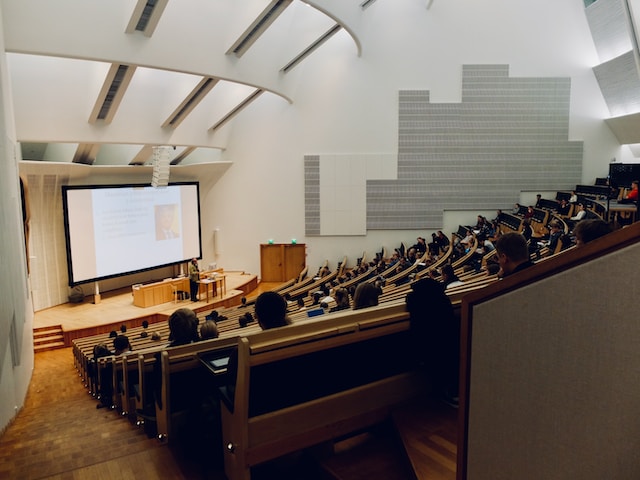
SPOTLIGHT TALK – 03/04/2024
The Warsaw Doctoral School in Natural and Biomedical Sciences and the Institute of High Pressure Physics PAS cordially invites you to a SPOTLIGHT TALK.
The talk is given by Prof. Markus Winterer (Nanoparticle Process Technology, Faculty of Engineering University of Duisburg-Essen, Lotharstr. 1, 47057 Duisburg, Germany).
When and where?
3rd April 2024, 12:30 pm
at the IHPP PAS New Technologies Building, Al. Prymasa Tysiąclecia 98 Duration: 60 min + more
Abstract
Although experiments investigating the atomistic structure of disordered materials are facile today through modern instruments for (X-ray) scattering (XS) and spectroscopy (EXAFS) it is still a challenge to extract the relevant information especially in case of very small nanoparticles. In our contribution we will introduce X-ray scattering and X-ray absorption spectroscopy as tools to investigate local and crystal structure of materials and present recent advances in data analysis of this inverse problem using Reverse Monte Carlo (RMC) analysis.
RMC simulations enable the analysis of XS data as well as EXAFS spectra data via partial pair distribution (pPDF) functions obtained from a physical, structural model. In case of nanoparticles and scattering data this approach suffers from the termination of the pPDF’s due to the finite size of the particles. This produces artifacts in the computed scattering intensity due to the long-range probing distance of scattering which are eliminated by using the Debye scattering equation (DSE) for computing the scattering intensity from a particle model. Computational efficiency is provided by binning the distance distribution of atom pairs in the DSE. Simultaneous refinement of XS data and EXAFS spectra of small nanoparticles are thus enabled using a mutual structural model. This method allows the self-consistent extraction of complementary information on local structure contained in EXAFS and long-range order in XS data. We describe this novel method using XS and EXAFS data of nanocrystalline LaFeO3 and SnO2 are presented.

